IKEA doubles delivery rate with track and trace
Automated tracking and proof-of-delivery systems speed fulfilment, improve accuracy and increases customer services levels for the retailer in the UK.

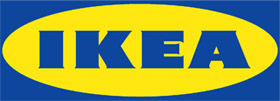
IKEA Distribution Services, the sole distributor for the homeware and furniture retailer in the UK, is benefiting from speedier and more accurate fulfilment that has raised levels of customer service with electronic track and trace systems.
The distribution operation installed a radio frequency (RF) based track and trace system to effectively manage its growing number of customer deliveries since the launch of its internet shopping service, through the process of goods receipt, put-away, picking and dispatch.
And, since recently adding electronic proof-of-delivery (ePOD) system integration beyond the warehouse, its bespoke development has provided increased visibility of IKEA's stock in real time, from the moment it leaves its Central Distribution Centre in Peterborough to when it arrives at the customer's house.
Don Marshall, deputy customer distribution manager for the South West Europe region at IKEA Distribution Services told IT PRO the improvements have been made possible by the integration of an advanced data capture system from warehouse IT specialist, Zetes with its RF warehouse system and IKEA's existing home delivery management system, Axida HDi.
"We've doubled the volume of deliveries we have made in the last five months and are looking to double that again within the next year," he said. "This wouldn't have been possible without the visibility and real-time automation the Axida and Zetes system has given us."
At the start of a shift, mobile computers retrieve route data from the HDi system, presenting the delivery driver with a list of visits and relevant information. As the driver delivers the relevant items, the customer's signature is captured and GPRS is used to relay updates to the main system. The ePOD system provides customers with a printed receipt of the goods received and transfers a copy to HDi.
In-truck printers also enable drivers to label damaged and returned goods with a warehouse barcode as they go into the truck. Once transferred to the main system, this allows stock to be processed more quickly and efficiently when it is returned to the warehouse. Currently, 60 delivery trucks are installed with the track and trace and ePOD technology but IKEA anticipates further roll out in line with their e-commerce expansion. IKEA is also considering the technology in other operational countries.
Sign up today and you will receive a free copy of our Future Focus 2025 report - the leading guidance on AI, cybersecurity and other IT challenges as per 700+ senior executives
Marshall added that Zetes' ePOD has been customised to replace a paper-based, third-party system. "We used to have to rely on the figures given to us by the third-party home delivery fulfilment companies before implementing the Axida system. They said the rate of fulfilment was around 96 per cent, which is a good reflection of the industry average," he said."When we moved over to the Axida/Zetes and then the ePOD system, fulfilment rates fell to around 94 per cent because we had visibility. We've now got that back up to 96 per cent and are hoping to improve further. Our stock data has never been more accurate and we are making significant cost savings from ordering less replacement stock."
IKEA is also reporting higher levels of customer satisfaction as a result of being able to deal with non-delivered or damaged goods more quickly and efficiently. Marshall said IKEA's customer service team can now contact customers within minutes of receiving their delivery to deal with any missing or damaged items or to let them know of any delay.
A 25-year veteran enterprise technology expert, Miya Knights applies her deep understanding of technology gained through her journalism career to both her role as a consultant and as director at Retail Technology Magazine, which she helped shape over the past 17 years. Miya was educated at Oxford University, earning a master’s degree in English.
Her role as a journalist has seen her write for many of the leading technology publishers in the UK such as ITPro, TechWeekEurope, CIO UK, Computer Weekly, and also a number of national newspapers including The Times, Independent, and Financial Times.
-
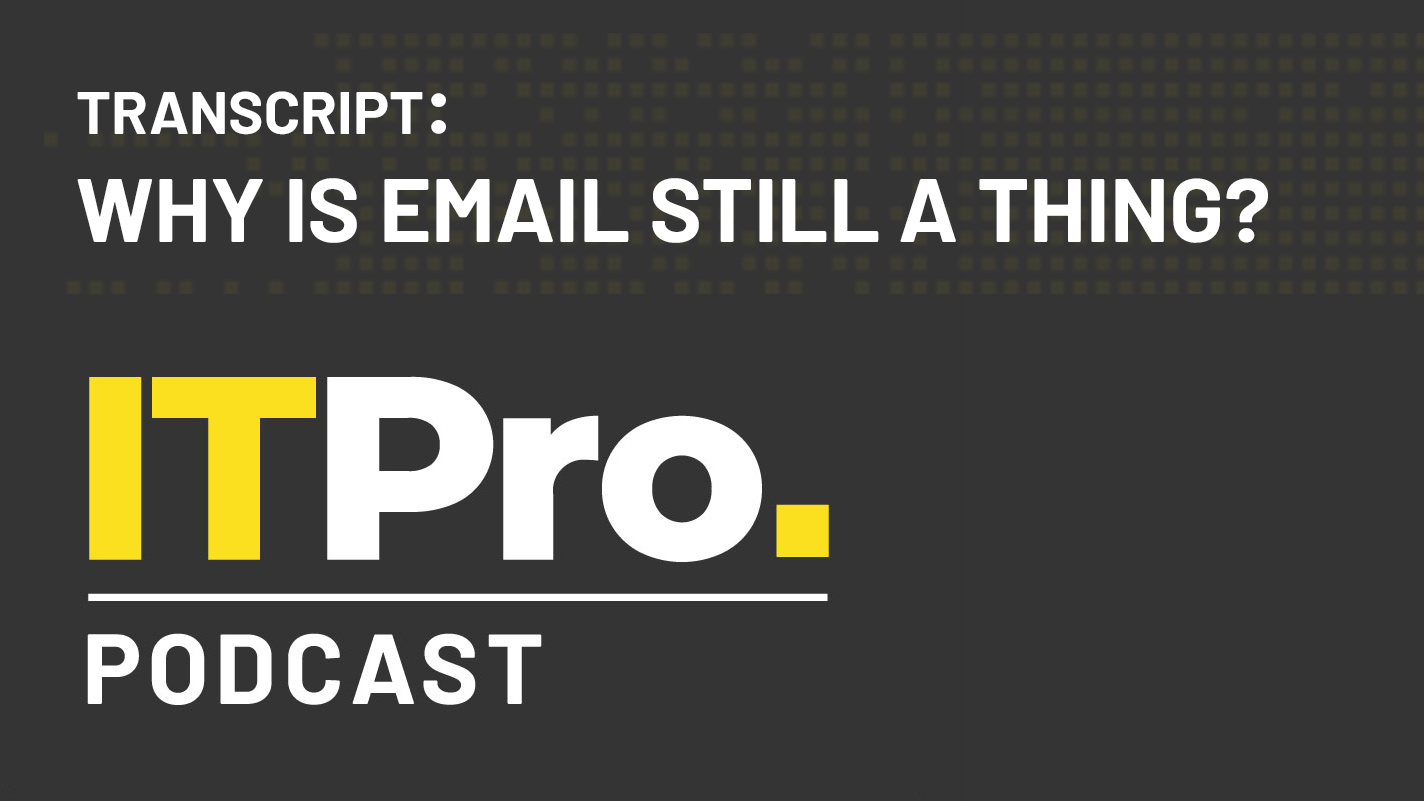 Podcast transcript: Why is email still a thing?
Podcast transcript: Why is email still a thing?IT Pro Podcast Read the full transcript for this episode of the IT Pro Podcast
-
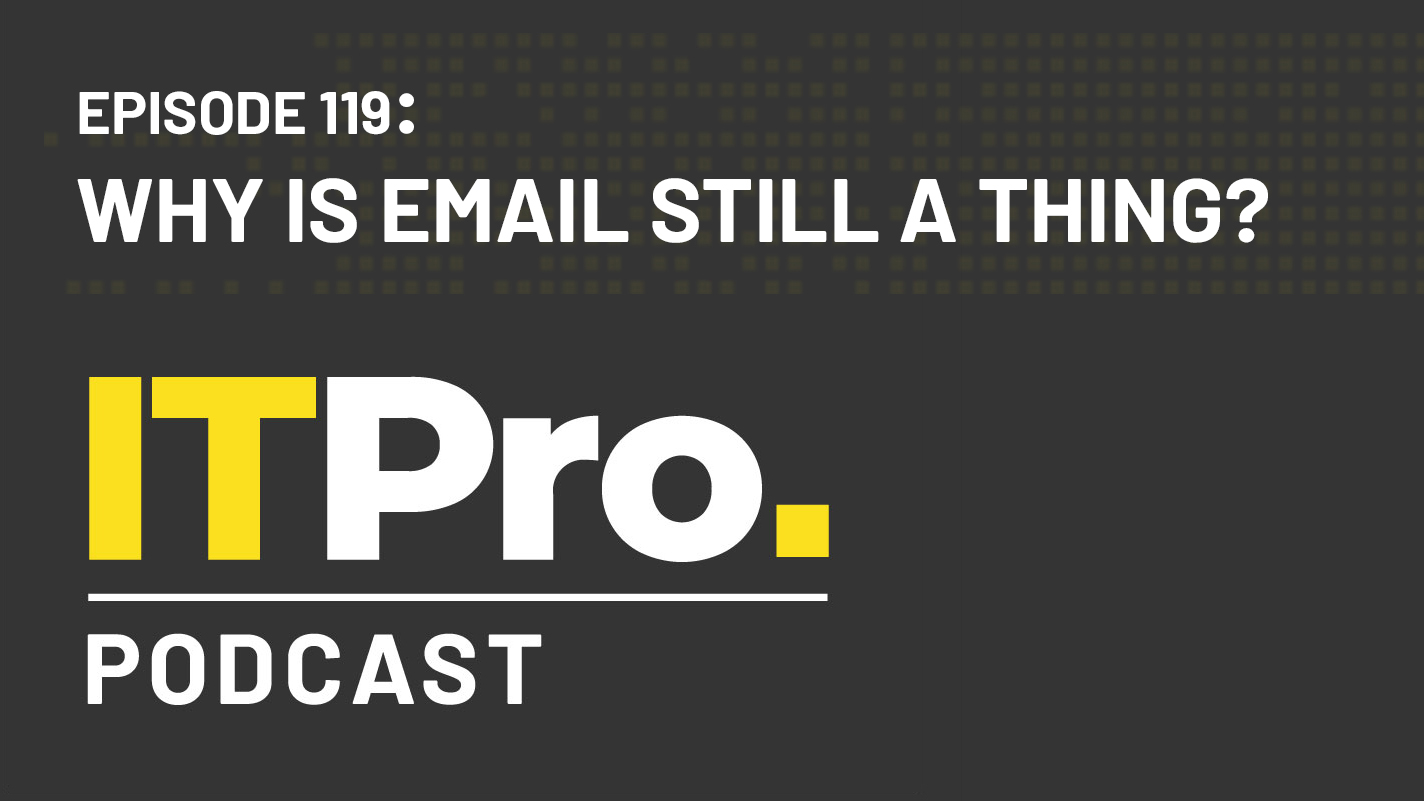 The IT Pro Podcast: Why is email still a thing?
The IT Pro Podcast: Why is email still a thing?IT Pro Podcast Despite a proliferation of newer collaboration platforms, email stubbornly refuses to go away
-
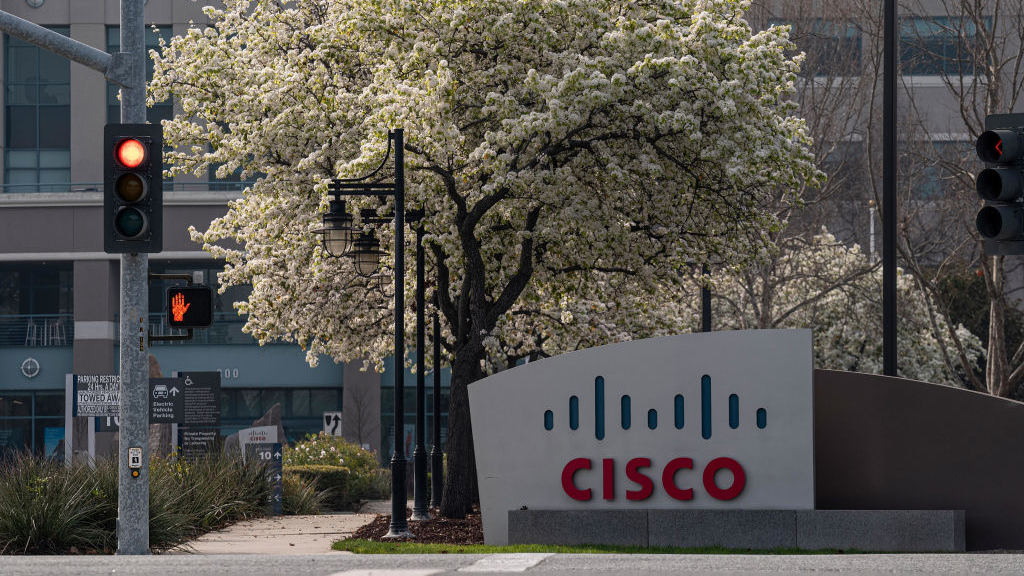 Cisco patches bug that could break its email security service with a single message
Cisco patches bug that could break its email security service with a single messageNews A carefully crafted email could freeze Cisco's Email Security Appliance interface and stop it processing messages
-
 Google targets phishing with full BIMI email logo authentication support
Google targets phishing with full BIMI email logo authentication supportNews Gmail will tie logos to DMARC authentication
-
 How to sign off an email professionally
How to sign off an email professionallyTutorials Your email signoff can make or break your business’ communication
-
 Flash flooding takes down TalkTalk web services
Flash flooding takes down TalkTalk web servicesNews Midlands floods leave customers angry at TalkTalk outage
-
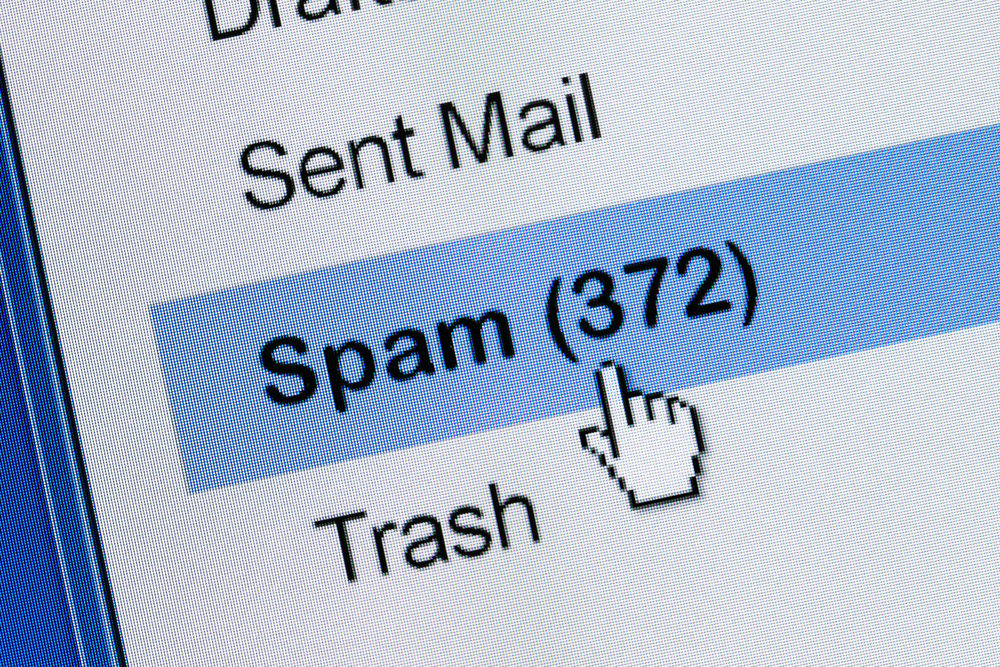 Outlook and Hotmail email accounts hit by spam attack
Outlook and Hotmail email accounts hit by spam attackNews Users were bombarded by spam emails apparently because Microsoft's spam filters weren't working properly
-
 Google pulls April Fools' Day prank after barrage of complaints
Google pulls April Fools' Day prank after barrage of complaintsNews Many users accidentally pressed the 'Send + Mic Drop' button in emails to bosses and business contacts


